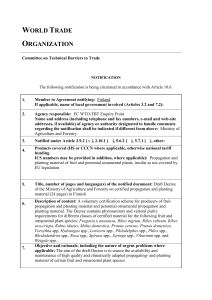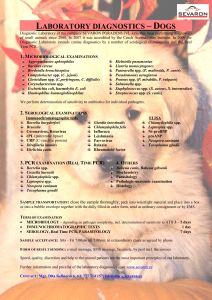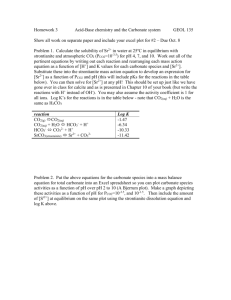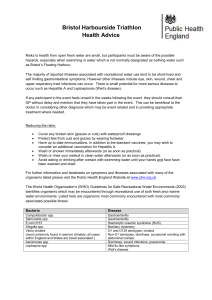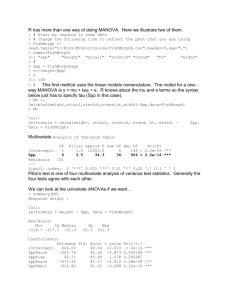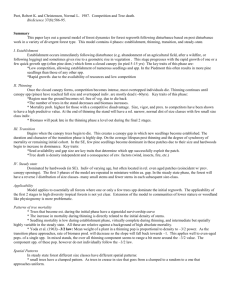Dr. Peter N. Karimi - Department of Medical Microbiology
advertisement
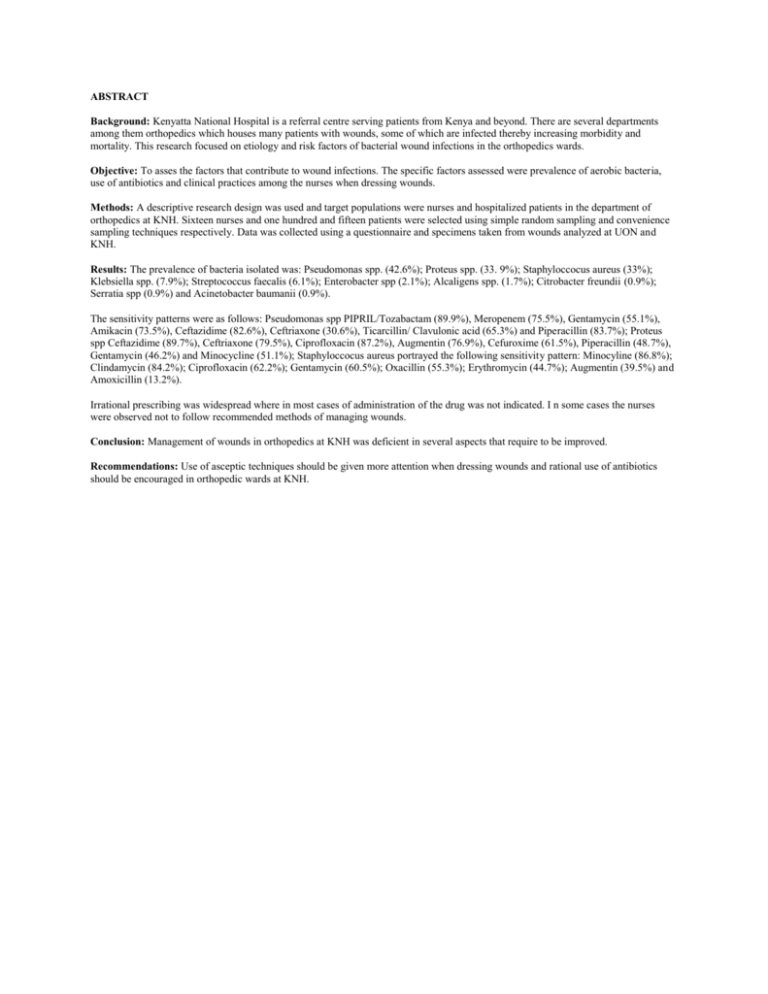
ABSTRACT Background: Kenyatta National Hospital is a referral centre serving patients from Kenya and beyond. There are several departments among them orthopedics which houses many patients with wounds, some of which are infected thereby increasing morbidity and mortality. This research focused on etiology and risk factors of bacterial wound infections in the orthopedics wards. Objective: To asses the factors that contribute to wound infections. The specific factors assessed were prevalence of aerobic bacteria, use of antibiotics and clinical practices among the nurses when dressing wounds. Methods: A descriptive research design was used and target populations were nurses and hospitalized patients in the department of orthopedics at KNH. Sixteen nurses and one hundred and fifteen patients were selected using simple random sampling and convenience sampling techniques respectively. Data was collected using a questionnaire and specimens taken from wounds analyzed at UON and KNH. Results: The prevalence of bacteria isolated was: Pseudomonas spp. (42.6%); Proteus spp. (33. 9%); Staphyloccocus aureus (33%); Klebsiella spp. (7.9%); Streptococcus faecalis (6.1%); Enterobacter spp (2.1%); Alcaligens spp. (1.7%); Citrobacter freundii (0.9%); Serratia spp (0.9%) and Acinetobacter baumanii (0.9%). The sensitivity patterns were as follows: Pseudomonas spp PIPRIL/Tozabactam (89.9%), Meropenem (75.5%), Gentamycin (55.1%), Amikacin (73.5%), Ceftazidime (82.6%), Ceftriaxone (30.6%), Ticarcillin/ Clavulonic acid (65.3%) and Piperacillin (83.7%); Proteus spp Ceftazidime (89.7%), Ceftriaxone (79.5%), Ciprofloxacin (87.2%), Augmentin (76.9%), Cefuroxime (61.5%), Piperacillin (48.7%), Gentamycin (46.2%) and Minocycline (51.1%); Staphyloccocus aureus portrayed the following sensitivity pattern: Minocyline (86.8%); Clindamycin (84.2%); Ciprofloxacin (62.2%); Gentamycin (60.5%); Oxacillin (55.3%); Erythromycin (44.7%); Augmentin (39.5%) and Amoxicillin (13.2%). Irrational prescribing was widespread where in most cases of administration of the drug was not indicated. I n some cases the nurses were observed not to follow recommended methods of managing wounds. Conclusion: Management of wounds in orthopedics at KNH was deficient in several aspects that require to be improved. Recommendations: Use of asceptic techniques should be given more attention when dressing wounds and rational use of antibiotics should be encouraged in orthopedic wards at KNH.




